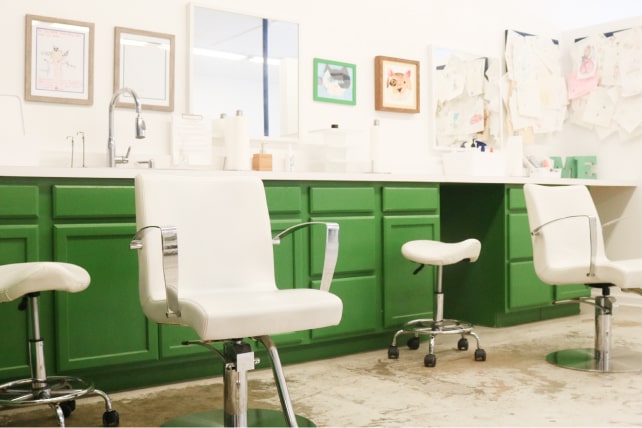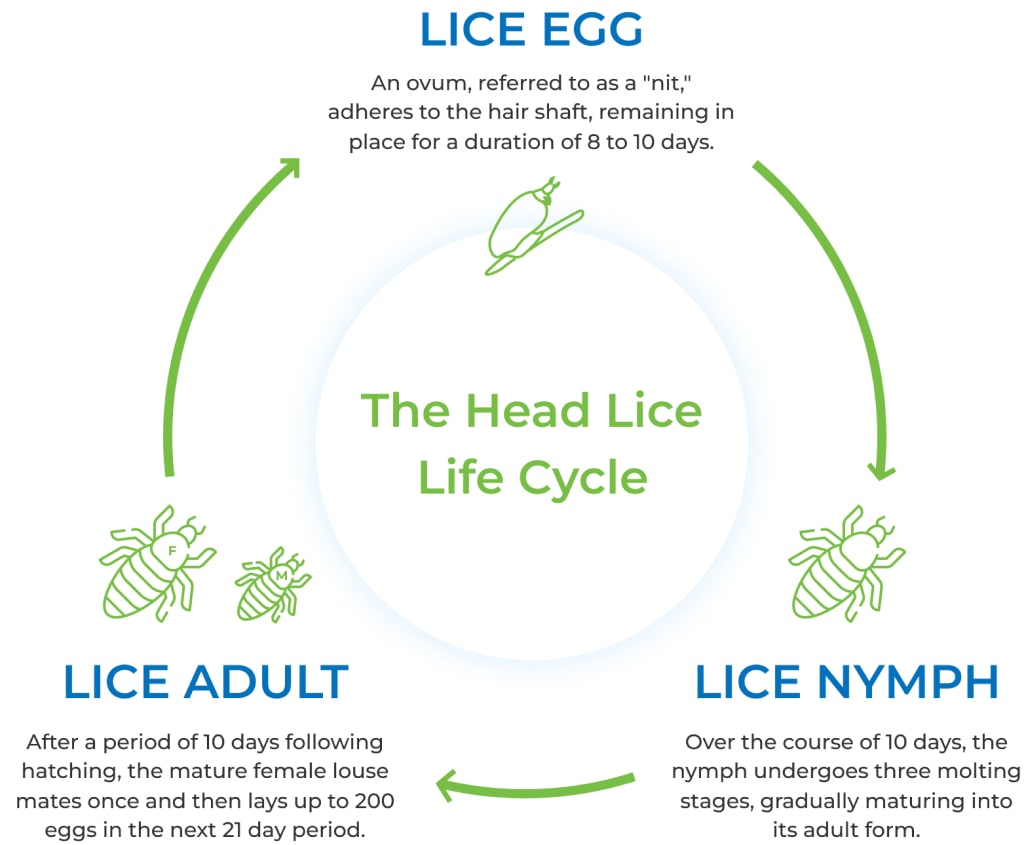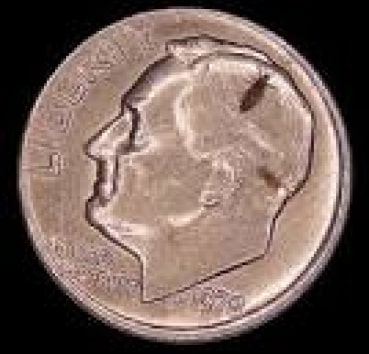Although there are many types of lice, the human head louse, or Pediculus Humanus Capitis, is a parasitic insect that can be found on the human head. Head lice (the plural form of louse) feed on their human host several times a day and like to live close to the scalp to maintain their body temperature.


Lice Facts
Everything you need to know
about head lice
According to the CDC, between 6 and 12 million
children are infested with head lice in the US each
year. Parents often contract head lice from their
children.
Tampa Clinic
Essential lice facts
Lice
Life Cycle
There are three stages of lice; nits (eggs), nymphs (babies) and adults.
Lice start out as nits glued to a human hair strand. They incubate in their shells for 10 days, then bust out as nymphs.
They live for 10 days as nymphs, at this stage they are clear and virtually impossible to see with an untrained eye. At 11 days old they become adults and begin to mate. Adult females mate just once and then lay up to seven eggs a day for the rest of their miserable lives.
Lice live as adults for approximately 20 days, then age out and die to make room for the seven new babies that are hatching every day.
A head lice infestation occurs when a female adult louse makes its way onto a new human head and lays eggs. Adult lice will stay on their original host head or move to a new head if given the opportunity. If the lice AND their nits are not totally eradicated then this whole process will continue indefinitely.
Lice Have Claws
A human head louse has six claws that allow it to crawl from hair to hair. It also uses this method to move from one head to another, this explains why head-to-head contact is the primary way head lice spread. Think of them like trapeze artists.


Life Cycle
There are three stages of lice; nits (eggs), nymphs (babies) and adults.
Lice start out as nits glued to a human hair strand. They incubate in their shells for 10 days, then bust out as nymphs.
They live for 10 days as nymphs, at this stage they are clear and virtually impossible to see with an untrained eye. At 11 days old they become adults and begin to mate. Adult females mate just once and then lay up to seven eggs a day for the rest of their miserable lives.
Lice live as adults for approximately 20 days, then age out and die to make room for the seven new babies that are hatching every day.
A head lice infestation occurs when a female adult louse makes its way onto a new human head and lays eggs. Adult lice will stay on their original host head or move to a new head if given the opportunity. If the lice AND their nits are not totally eradicated then this whole process will continue indefinitely.
Frequently Asked Questions
Do I Have Lice?
Lice are notoriously difficult to find. They are very small (think sesame seed), camouflage their color to blend in, and crawl away quickly when hair is moved. The younger the bug the smaller it is. If you enlarge a photo of a louse you may see it is tinged red, or see red in its’ belly, that is the human blood that it drank off its’ host.


Locating lice eggs (nits) is a bit easier because they don’t move, however they are tiny and also camouflage in color. Nits attach to individual hair strands about a quarter inch off the scalp. The longer someone has had lice the lower down the nits will be on the hair strands.
Most people can’t tell the difference between nits and dandruff. If there is a spot or speck on the hair that can be blown away or moved with a pencil point, then it is not lice! If you need to pull it off with two fingers or two fingernails, then it is probably a nit.
Keep in mind that in the beginning of an infestation there is only one female bug. She lays up to seven eggs a day, so for the first week or two there are very few nits to be found. Most parents will not be able to locate nits till well into the second or third week when there is more evidence to be found.
How Can I Get Lice?
The primary way to contract head lice is head-to-head, or hair-to-hair contact with an infested person. This contact doesn’t guarantee that the infestation will spread, but it gives lice the best opportunity to move from an infested head to a new head using their claws.
Head lice don’t jump, fly or swim. However, they have six claws that allow them to crawl quickly along strands of hair. If your hair comes in contact with an infested head or hair, it will be easy for a louse to catch a ride on a strand of your hair.
How Long Can Lice Live?
Excluding the 8-9 days they spend as eggs, head lice can live for around 30 days on your head. As parasites, they feed on human blood several times a day.
If they are removed from their food source (the human head) – they can survive 24-48 hours.
How Can I Get Lice?
The primary way to contract head lice is head-to-head, or hair-to-hair contact with an infested person. This contact doesn’t guarantee that the infestation will spread, but it gives lice the best opportunity to move from an infested head to a new head using their claws.
Head lice don’t jump, fly or swim. However, they have six claws that allow them to crawl quickly along strands of hair. If your hair comes in contact with an infested head or hair, it will be easy for a louse to catch a ride on a strand of your hair.
Itchy?
We used to think that everyone who has lice automatically gets itchy. That’s just another misconception…humans have different histamine reactions to different bugs’ saliva. Some people get itchy from mosquito saliva, some from flea saliva, some from lice saliva. There is no correlation between any of them. If someone is sensitive to lice saliva, they may get itchy on day 11 or 12. But most humans don’t get itchy from lice saliva, most just get itchy when they feel the bugs moving on their hairs, usually around weeks six or seven.
How Can I Kill Lice?
OTC and Rx lice pesticides are decades old and no longer kill the bugs (they never killed the nits). Lice have grown resistant to these products due to overuse and misuse; they haven’t worked in a very long time.
Many parents call at their wits end saying they’ve been treating their children for months, listing off the name of every product they used…
The only way to kill lice and their nits in one session is to dehydrate them with our FDA cleared medical device. 60 to 90 minutes, one session, DONE!
